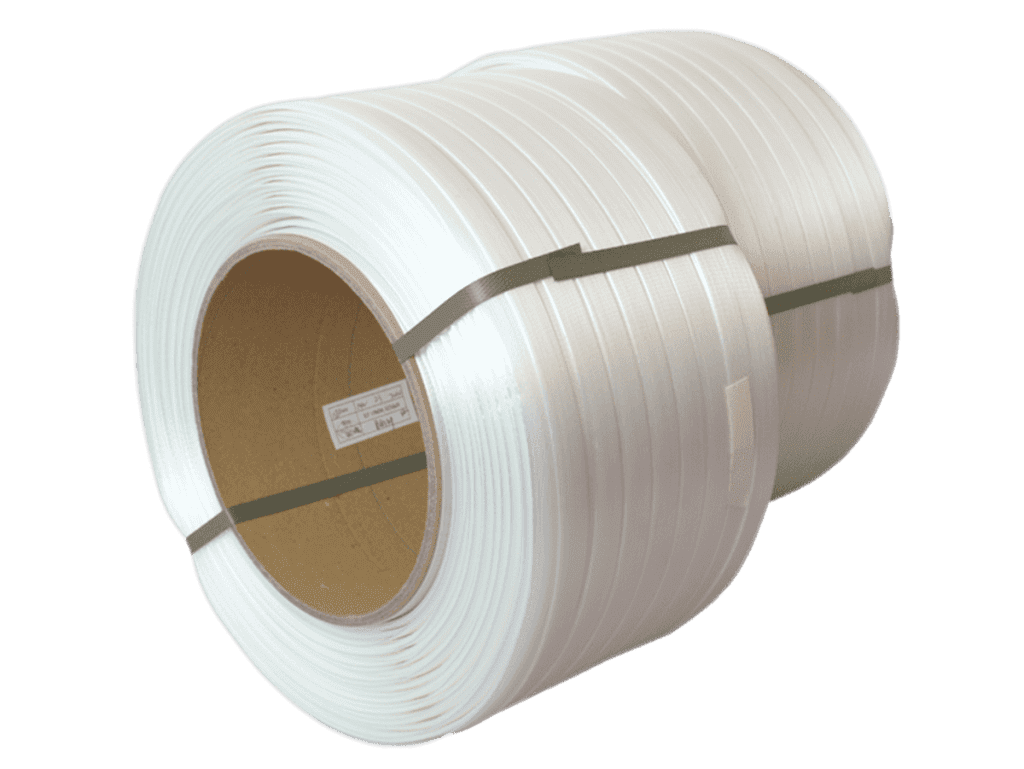Advanced industrial packaging is fundamental in protecting sensitive products during their transportation, distribution, and storage. In particular, tertiary and secondary packaging serves as a crucial barrier against potential damage from external factors.
Impacts, vibrations, extreme temperatures, and humidity are some of the challenges that products face during the supply chain. With optimal industrial packaging, these risks can positively impact the product’s integrity and quality.
That’s why the intelligent design of multilayer packaging systems is essential. A well-thought-out multilayer packaging can effectively prevent the action of external factors through the interaction of different materials and technologies.
Fundamentals of Tertiary and Secondary Industrial Packaging
To discuss the topic properly, let’s review some fundamental basics in the packaging and packing industry. There are three primary levels of industrial packaging:
- Primary: It’s the individual packaging of each product, such as a bottle, can, or unitary box.
- Secondary: It groups several primary packages into a larger unit, such as cardboard boxes or trays.
- Tertiary: It protects the whole by consolidating multiple secondary packages for transportation and storage, usually on pallets.
Tertiary and secondary packaging plays a crucial role in protecting, as they shield products during logistics. Their strength determines whether goods suffer damage from impacts, falls, vibrations, stacking, etc. This is common during mass distribution and must be anticipated to ensure product quality.
Quality industrial packaging must be designed to absorb impacts, dampen vibrations, and prevent deformations. This prevents these external factors from affecting the integrity of the enclosed product. Its primary function is to protect the product and facilitate its transfer, transportation, and storage.
Designing Multilayer Packaging Systems
Designing industrial packaging with multiple layers or levels is highly recommended for comprehensive protection. Each layer serves a crucial function, but not all are present in every package:
- Rigid outer layer: Generally made of plastic or cardboard, it provides structure and shape.
- Cushioning layer: Materials like foam and padded fabrics that absorb impacts.
- Isolation layer: Foams and synthetic feathers that immobilize the interior product.
- Thermal barriers: Reflective films or foams for temperature insulation.
- Inner supports: Plastics or cardboard that maintain the product’s shape, such as corners.
- Hermetic seals: Food-grade seals if environmental control is required.
By combining these and other materials into a balanced system, each layer reinforces total protection. A synergistic effect is achieved that provides maximum resistance to severe external conditions. This is what layered protection technology is all about maximizing the inherent characteristics of materials to protect the product.
Addressing Environmental Factors in Packaging
In addition to withstanding impacts and vibrations, an advanced industrial package must protect against environmental factors such as temperature, humidity, and light. These factors can affect the quality and composition of many products.
Prolonged exposure to high temperatures can degrade the molecular structure of sensitive foods, pharmaceuticals, and chemicals. Likewise, humidity facilitates unwanted chemical reactions, mold growth, and accelerated decomposition.
In some cases, even direct sunlight can initiate degradation processes. Therefore, advanced industrial packaging incorporates solutions to control these variables according to the product:
- Thermal insulation with foams and bubbles that maintain a stable temperature.
- Moisture absorbents like silica gel to keep a dry environment.
- Opaque films and coatings that block UV radiation.
- Atmosphere control systems that regulate gases inside.
- Temperature/humidity sensors and monitors to alert changes.
Pharmaceuticals, fresh and perishable foods, motor lubricants, and plastics are good examples. These products benefit significantly from these packaging technologies and materials to preserve quality.
Considering environmental factors in industrial packaging is essential today. Robust design and advanced materials can ensure that the product arrives in perfect condition at its destination.
Best Practices in Manufacturing Packaging Systems
For a multilayer protection system for packaging to fulfill its function even under extreme conditions, it is essential to follow the best practices in packaging design:
- Use the latest technologies, such as injection molding, laser cutting, and vacuum sealing, to achieve maximum precision and quality.
- Employ materials with high mechanical and chemical resistance, suitable for industrial use, and certified.
- Apply rigorous quality controls in raw materials and processes.
- Optimize the thickness and density of each layer according to its protective function.
- Reinforce critical points such as joints, edges, and corners.
- Conduct extensive tests for impact resistance, vibration, and compression.
- Consider additional safety margins and over-engineering.
- Automate processes to ensure consistency and eliminate defects.
High-strength packaging systems are obtained by combining cutting-edge technology, certified materials, and advanced processes. They are high-performance packages even under challenging conditions. Our expert team at BMS ensures compliance with best practices in manufacturing advanced packaging systems.
Contact BMS for Industrial Packaging Solutions
At BMS, we focus exclusively on providing the most advanced solutions in industrial packaging systems to the industry. With nearly 20 years of experience, we have the knowledge, technology, and capacity to develop multilayer packages—all with the highest engineering for the most demanding challenges.
Our expert team is trained to design and manufacture customized tertiary and secondary packaging systems—packages with high impact and vibration resistance, protecting your products even under severe logistical and environmental conditions.
We understand that each company has unique needs. We thoroughly understand each customer’s requirements to create tailor-made solutions. Our goal is complete customer satisfaction and maximum safety in your distribution and storage operations.
Contact us if you require advanced multilayer industrial packaging resistant to impacts, vibrations, temperature, and humidity. Our team will be happy to advise you on designing the optimal solution to protect the integrity of your products from start to finish in the logistics chain.
